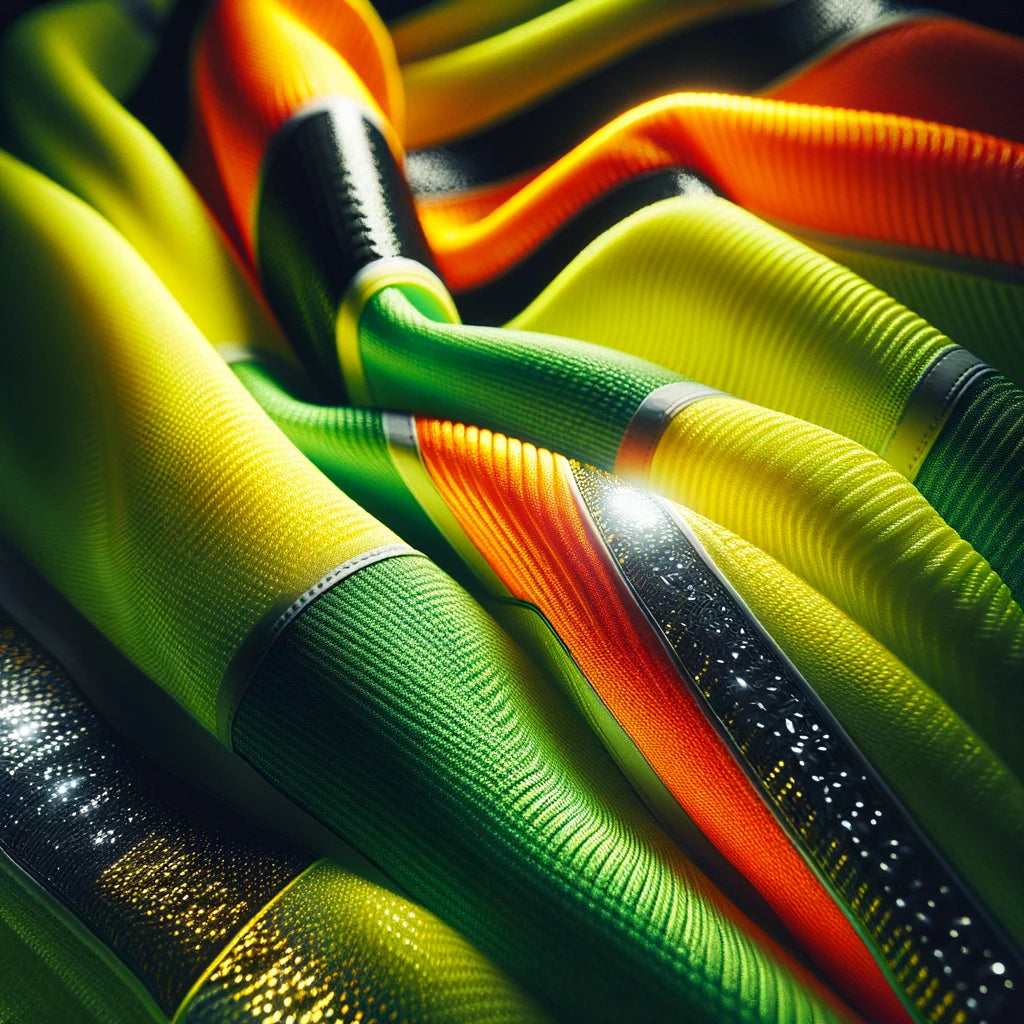When it comes to workplace safety, being seen can mean the difference between a normal day and a life-changing incident. High-visibility clothing, with its unmistakable bright colors and reflective materials, is designed to make workers visible in low-light conditions and against complex backgrounds. But why is it so critical, and what should you know to choose the right gear? Let's delve into the vibrant world of high-visibility workwear and shed some light on its importance.
Why High-Visibility Clothing Matters
High-visibility clothing isn't just a safety measure; it's a lifesaver. In environments where vehicles, machinery, and humans coexist, being seen is as vital as wearing a helmet or safety harness. From construction sites and roadworks to warehouses and emergency response scenarios, high-visibility gear reduces the risk of accidents and injuries by ensuring workers are easily spotted by operators and drivers.
The Science Behind the Brightness
The effectiveness of high-visibility clothing lies in its highly luminous colors and reflective materials. Fluorescent colors like neon yellow, bright orange, and lime green are most effective during the day, especially at dawn and dusk, due to their capacity to stand out against natural backgrounds. Reflective strips, on the other hand, bounce back direct light, making them highly visible in low-light conditions.

Standards and Regulations
Adhering to safety standards is not just about compliance; it's about protection. In many countries, high-visibility clothing must meet specific standards that dictate the design, color, and placement of reflective materials. For instance, in the United States, the American National Standards Institute (ANSI) and the International Safety Equipment Association (ISEA) have established the ANSI/ISEA 107 standard, which classifies high-visibility clothing based on the type of work environment and the risk levels present.
Choosing the Right High-Visibility Clothing
Selecting the right high-visibility gear involves more than picking the brightest shirt. Consider the following:
- Work Environment: Assess the lighting conditions, types of hazards, and the background against which workers need to stand out.
- Class of Garment: Based on the ANSI/ISEA 107 standard, choose between Class 1, 2, or 3 garments, with Class 3 offering the highest level of visibility.
- Comfort and Durability: Ensure the clothing is comfortable for all-day wear and durable enough to withstand the work environment and cleaning processes.

Conclusion
In the tapestry of workplace safety measures, high-visibility clothing is a critical thread that weaves through the fabric of industry-wide safety protocols. It not only signifies the presence of a worker but also acts as a proactive shield against potential accidents. By understanding the importance, science, and standards behind high-visibility workwear, employers and employees can make informed decisions that enhance safety and visibility on the job.
FAQs
Why is high-visibility clothing typically bright yellow or orange? These colors are most effective in standing out against most backgrounds and in various lighting conditions, enhancing the wearer's visibility.
Can high-visibility clothing be worn in all types of weather? Yes, high-visibility clothing comes in various forms, including lightweight vests for warm weather and insulated jackets for cold conditions, ensuring visibility and comfort year-round.
Is high-visibility clothing required by law? In many jurisdictions, yes, especially for workers in high-risk areas such as construction sites, roadways, and areas where they operate near moving vehicles or equipment.
Looking to get your own Hi Vis Gear? Shop our online collection now!



Leave a Reply